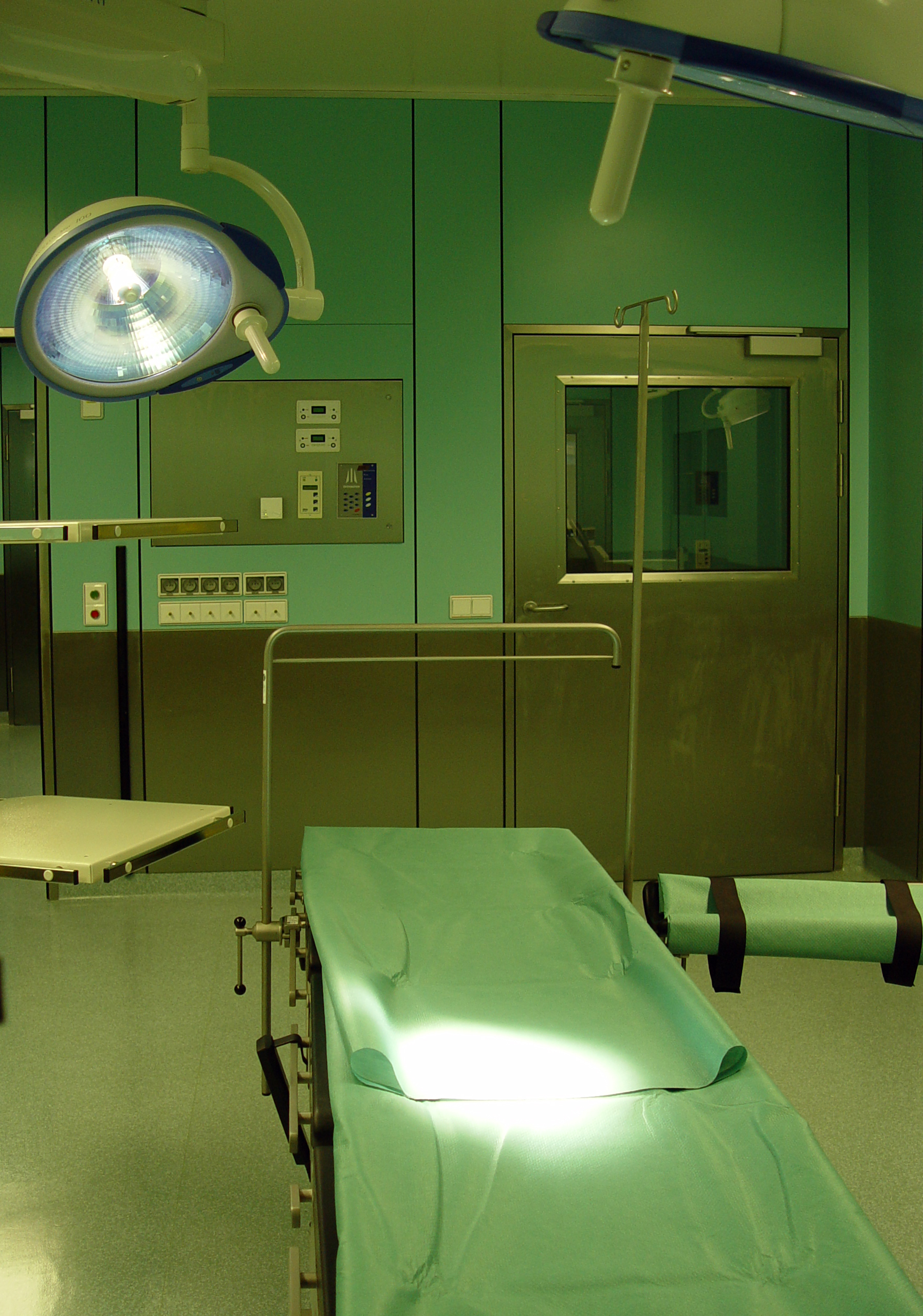
Utilizing specialized stabilizers in medical-grade plastics to boost Gamma & autoclave sterilizability
Sterilizability of medical plastics
As we know, medical grade plastic consumables and devices commonly need sterilizing beforehand to kill microorganisms. As such the medical grade plastics must be made ‘sterilizable’, ― namely, capable of efficiently resisting the potential damage posed by the common sterilization methods such as Gamma radiation, electron beam, autoclave steam and dry heat.
The damage caused by sterilization to medical plastics is characterized by deterioration in mechanical strength, oxidation induction temperature, color & appearance, package seal strength and hot tack performance. Most types of plastics for medical applications do not have sufficient “sterilizability” per se and thus must be made sterilization-compatible by proper designing and formulation. As for sterilizable medical plastics, Gamma compatibility and autoclave compatibility are most challenging, entailing a lot of concerns and efforts in research and development.
Gamma & steam autoclave compatibility of medical plastics
The most popular plastics used in medical consumable & device manufacturing include polypropylene, polyethylene, silicone, poly(vinyl chloride), polycarbonate, polystylene, poly(tetrafluoroethylene), nylon, polysulfone, polyurethane and polyester. They show difference in Gamma & autoclave compatibility due to their chemical structures and compound formulations. Some well-known plastics compounding manufacturers engage in developing and producing Gamma & autoclave compatible medical-grade plastics pellets by choosing proper resin grades and meanwhile using stabilizing additives to enhance sterilization stability. On the other hand, the consumable & device manufacturers are also keen to add sterilization stabilizers into the above popular medical grade plastics to guarantee the required Gamma & autoclave compatibility of the end products.
Stabilizer for sterilization
In designing and formulation of medical grade plastics, use of anti-oxidants, either phenolics or hindered amines, does help boost the sterilizability to some extent. But in many cases such stabilization provided by antioxidants is not sufficient, for example in the case of sterilization of ploypropylene (PP) by Gamma radiation. Thus a specialized sterilization stabilizer such as RS-01, developed by Limax Chemical, needs to be added to meet customers’ requirements to sterilization compatibility of plastics.
Sterilization stabilizer vs antioxidant
Both anti-oxidants and specialized sterilization stabilizers are needed in producing medical grade plastics. Fundamentally, an anti-oxidant for plastics is targeted at hindering degradation in thermal processing and ageing in daily use, whereas a specialized sterilization stabilizer for plastics is designed to cope with the kind of sterilization-induced degradation, either due to irradiation by Gamma ray and e-beam, or caused by lasting elevated temperatures in the cases of autoclave steam. Anyway, a sterilization stabilizer is needed to make sterilizable medical plastics in order to protect against Gamma ray, electron beam, steam or dry heat depending on the sterilization method applied.